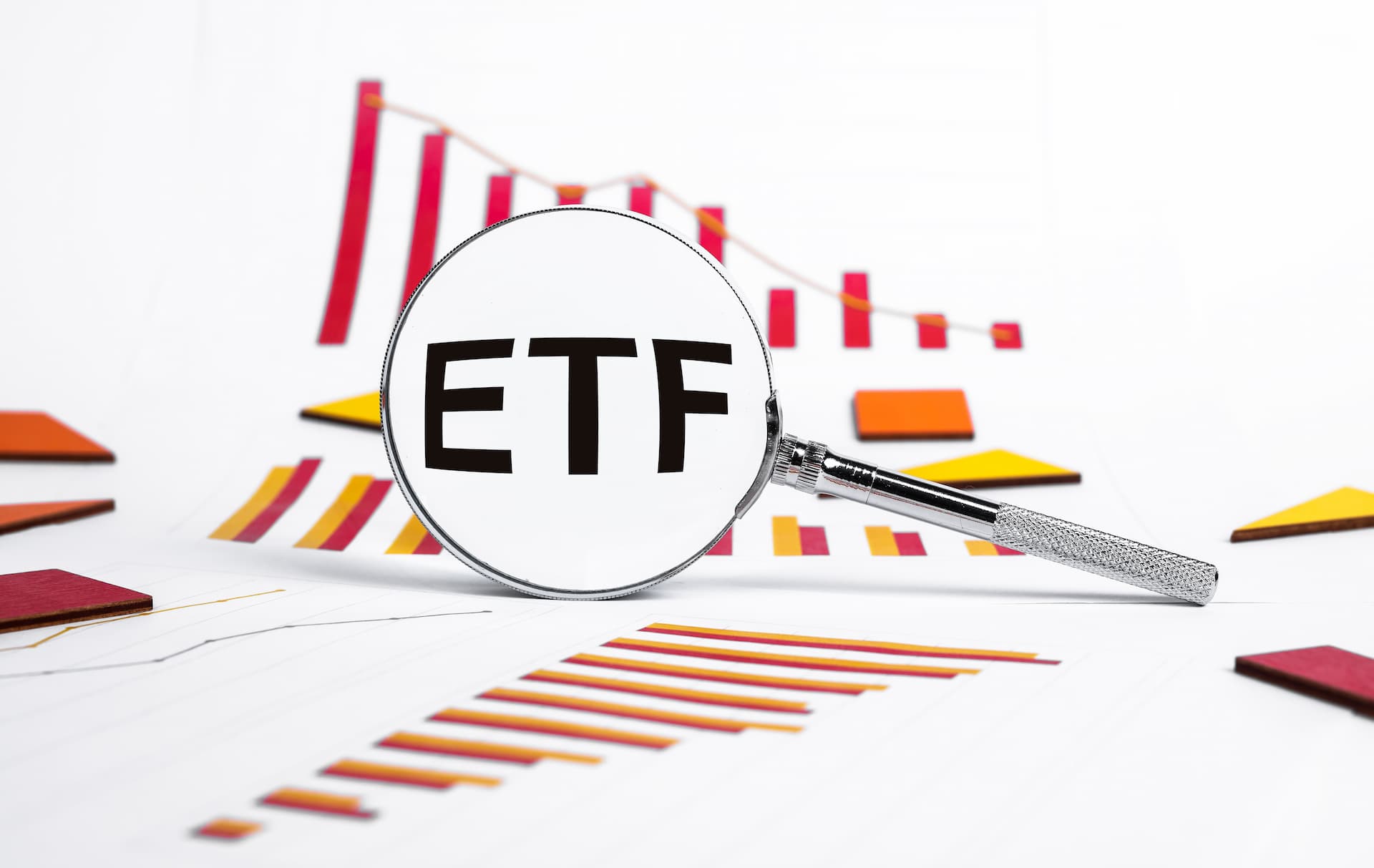What are Futures?
Explore the concept of futures contracts, their benefits, risks, and how they are traded. Learn more about futures trading on 24markets.com.

Trading futures can be a lucrative but high-risk endeavor. Understanding the benefits and risks associated with futures trading is crucial for making informed decisions and developing a robust trading strategy. Discover what futures are and how they work. Learn the benefits, risks, and essential strategies for trading futures to make informed decisions and manage market volatility effectively.
Futures contracts are financial agreements to buy or sell an asset at a predetermined price on a specified future date. These contracts are commonly used for commodities, financial instruments, and indices. Futures trading allows investors to speculate on price movements and hedge against risks. For a comprehensive introduction to futures and how they work, visit 24markets.com’s futures guide.
Benefits of Trading Futures
1. Leverage
One of the primary advantages of trading futures is the ability to use leverage. Leverage allows you to control a large position with a relatively small amount of capital. For example, with a 10% margin, you can control a position worth ten times your initial investment. This can amplify your gains if the market moves in your favor. To understand how leverage works in futures trading, explore 24markets.com’s leverage guide.
2. Liquidity
Futures markets are known for their high liquidity, especially in major contracts like those for oil, gold, or financial indices. High liquidity means that you can enter and exit positions with ease, often at minimal cost. This liquidity also helps in reducing the bid-ask spread, which can lower trading costs. For insights into liquidity in futures markets, check out 24markets.com’s liquidity resources.
3. Hedging Opportunities
Futures contracts are widely used for hedging purposes. For businesses and investors, futures provide a way to lock in prices and protect against adverse price movements. For instance, a farmer might use futures to lock in a price for their crop, while a manufacturer might hedge against rising material costs. Learn more about how futures can be used for hedging at 24markets.com.
4. Diversification
Futures trading offers a chance to diversify your investment portfolio beyond traditional stocks and bonds. With futures contracts available on various assets such as commodities, currencies, and indices, you can gain exposure to different markets and asset classes. This diversification can help manage risk and enhance overall returns. For more on diversification through futures, visit 24markets.com’s diversification guide.
5. Transparency
Futures markets are regulated and transparent, with prices and trading volumes publicly available. This transparency helps traders make informed decisions and ensures a fair trading environment. The standardized nature of futures contracts also means that all parties are aware of the terms and conditions, which reduces ambiguity. To learn about the transparency and regulation of futures markets, refer to 24markets.com’s regulatory insights.
Risks of Trading Futures
1. High Leverage Risks
While leverage can amplify gains, it also magnifies losses. If the market moves against your position, you could incur significant losses, potentially exceeding your initial investment. It’s crucial to use leverage cautiously and have a solid risk management plan in place. For detailed information on managing leverage risks, check out 24markets.com’s leverage strategies.
2. Market Volatility
Futures markets can be highly volatile, with prices subject to rapid and unpredictable changes. This volatility can result in substantial gains but also significant losses. Traders must be prepared for sudden market shifts and have strategies to manage volatility effectively. To understand market volatility and its impact on futures trading, visit 24markets.com’s volatility guide.
3. Complex Pricing and Terminology
Futures trading involves complex pricing mechanisms and terminology that can be challenging for beginners. Concepts such as margin requirements, contango, and backwardation require a thorough understanding. Inaccurate interpretation of these factors can lead to poor trading decisions. For a comprehensive overview of futures pricing and terminology, explore 24markets.com’s educational resources.
4. Risk of Margin Calls
Because futures trading involves margin, there is a risk of margin calls. If your account equity falls below the required margin level due to adverse price movements, you may be required to deposit additional funds to maintain your position. This can lead to forced liquidation of positions if additional funds are not provided. To learn more about managing margin calls, check out 24markets.com’s margin management guide.
5. Potential for Unlimited Losses
In futures trading, there is the potential for unlimited losses if the market moves significantly against your position. Unlike some other investment vehicles where losses are capped, futures contracts can expose you to significant financial risk. It’s essential to use stop-loss orders and other risk management tools to mitigate this risk. For strategies to protect against unlimited losses, visit 24markets.com’s risk management resources.
Strategies for Managing Risks
1. Use Stop-Loss Orders
Implementing stop-loss orders can help limit potential losses by automatically closing your position when the price reaches a specified level. This strategy can prevent significant financial damage and help you maintain control over your trades. To learn how to effectively use stop-loss orders, see 24markets.com’s guide.
2. Diversify Your Portfolio
Diversifying your investments can reduce risk by spreading exposure across various assets and markets. This can help mitigate the impact of adverse movements in any single market or contract. For more on diversification strategies in futures trading, check out 24markets.com’s diversification tips.
3. Educate Yourself
Continuous education and staying informed about market trends, pricing mechanisms, and trading strategies are crucial for success in futures trading. Utilize resources and tools available to enhance your knowledge and improve your trading skills. Explore 24markets.com’s educational materials for further learning.
4. Monitor Your Positions
Regularly monitoring your positions and market conditions can help you react swiftly to changes and manage risks effectively. Keeping an eye on market news and price movements ensures you make timely and informed decisions. For insights on market monitoring, visit 24markets.com’s monitoring resources.
5. Implement Risk Management Techniques
Employing various risk management techniques, such as setting trading limits, using proper leverage, and maintaining a balanced portfolio, can help you manage and mitigate risks. Proper risk management is key to sustaining long-term success in futures trading. For comprehensive risk management strategies, check out 24markets.com’s risk management guide.
Conclusion
Trading futures offers significant benefits, including leverage, liquidity, and diversification opportunities. However, it also comes with risks such as high leverage exposure, market volatility, and the potential for unlimited losses. By understanding these risks and implementing effective strategies, you can better navigate the futures market and enhance your trading success. For more detailed information on futures trading and strategies, explore 24markets.com’s resources.

Article by:
Sofia De Luca
Education Center Specialist 24markets.com
TAGS
Latest Education Articles
Show moreTake your trading to the next level.
Join the broker built for global success in just 3 easy steps. A seamless experience built for traders who value speed and simplicity.

Create Your Account

Make Your First deposit




